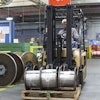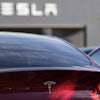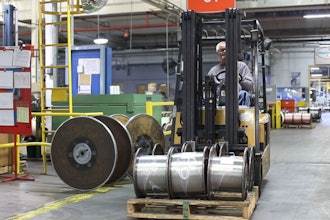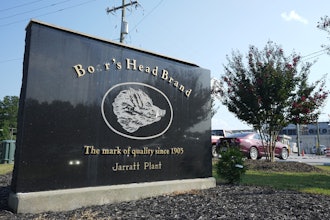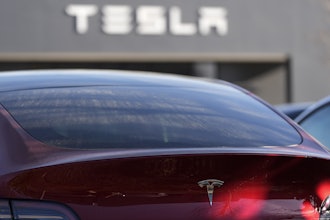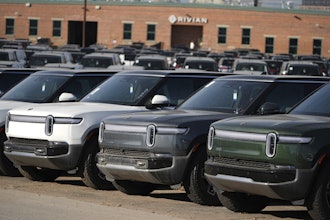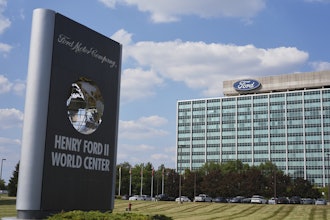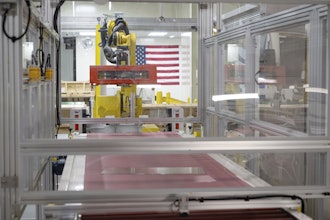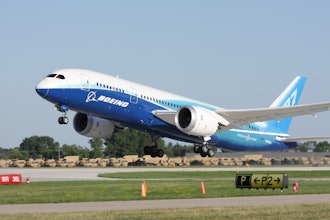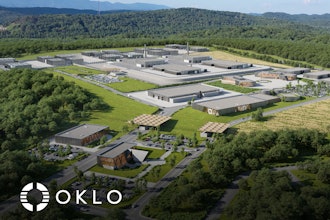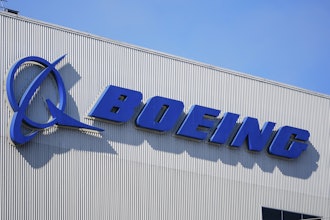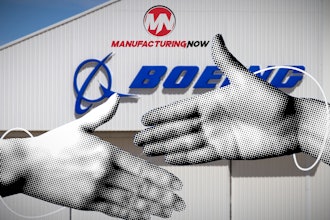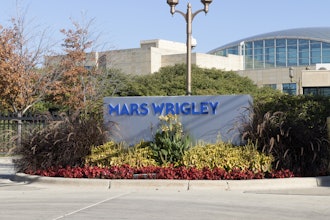DETROIT (AP) — Honda's North American factories will return to near-normal production in August, the company said Thursday, much faster than expected following supply disruptions.
The flow of auto parts was interrupted after Japanese factories were damaged by a huge earthquake and tsunami on March 11, or stricken by the power outages that followed. Shortages have affected nearly every carmaker, but have struck hardest at Honda Motor Co. and Toyota Motor Corp.
Last month, Honda cut production to about half the normal level because of falling parts supplies. It warned dealers of model shortages and said full production might not resume until the end of the year.
But Honda now says that the situation in Japan is improving. Factories can ramp up to full production on a plant-by-plant basis — except for those that build the new Civic compact.
As a result, the severity of model shortages this month will not be as bad as expected.
"This will go a long way toward alleviating the shortages at dealerships," said spokesman Ed Miller. "It's very good news for dealers."
Toyota is also ramping up. Earlier this month it said that it would be able to crank up North American production faster than expected, returning to 70 percent of normal levels in June. The company cut production to about 30 percent of normal in May by idling factories for several days or reducing hours of operation. It had also warned dealers to expect shortages of some models well into the summer and said full production may not come until late this year.
Rebecca Lindland, senior analyst for the IHS Automotive consulting firm, cautioned that it will take a while for supplies to be abundant again, especially for small cars and those made only in Japan.
That also means automakers will be reluctant to offer deals, at least for a month or two.
"You are still going to see some limited selection," she said. "We're in a situation where you can't necessarily be too choosy, and you certainly are not going to see vehicles slathered with incentives like we have in the past,"
Sales in May, she said, likely will be low due to the model shortages and lack of rebates and low-interest financing.
The return of auto production should boost confidence in the economy, said Scotia Economics Senior Economist Carlos Gomes. Car factory slowdowns cut into industrial production last month.
"That will relieve some fears about this slowdown that people are talking about now," he said.
But Honda's Civic, which is the sixth most popular vehicle in the U.S., is likely to remain in short supply.
Honda said the 2012 version still lacks critical electrical, rubber and other parts from Japan. Production will remain at about half the normal rate until sometime in the fall.
Demand has been rising for the Civic and other small cars as gas prices approach $4 per gallon ($1.05 a liter) in the U.S.
Honda said it makes 87 percent of the vehicles sold in North America in the region. The company has 21,000 U.S. factory workers and 10 U.S. and Canadian auto factories in Ohio, Alabama, Georgia, Indiana and Alliston, Ontario.
Neither Honda nor Toyota laid off workers.
